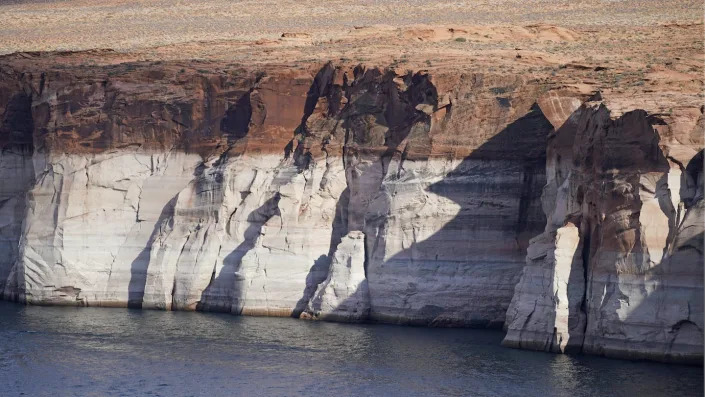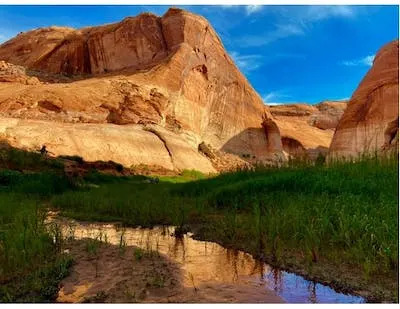THe Washington Post
Worried about having a gas stove? Here’s how to limit risks.
Allyson Chiu, The Washington Post – February 7, 2023
Note: This article has been updated to include additional safety information about using induction hot plates.
The raging gas stove debate might have you reassessing how you cook. But replacing a gas stove with an induction stove – a commonly recommended alternative – isn’t always feasible.
Renters are often limited in what they can do. For homeowners, swapping out a gas range can be expensive and complicated, especially if it involves electrical updates.
Still, even if you cannot get rid of your gas stove, you can take several steps to help protect your health and the planet:
Get reacquainted with your other appliances
A whole world of versatile and convenient cooking devices exist outside of your gas stove.
“There’s a lot of appliances available that can address different things you might need to do in the kitchen, and so you can go a long way toward electrifying all of your cooking,” said Talor Gruenwald, a research associate at Rewiring America, a nonprofit group focused on electrification.
Beyond the trusty microwave, you might have one or more of the following appliances taking up space in your kitchen: toaster oven, air fryer, Instant Pot (or some other multicooker), or an electric kettle or hot water heater.
Using them more, particularly for smaller meals, can help reduce the amount of pollutants, such as nitrogen dioxide, released into your home when you turn on your gas burners. Research has linked nitrogen dioxide to increased risk of childhood asthma and worsening asthma symptoms. A recent peer-reviewed study estimated that about 12.7 percent of childhood asthma cases nationwide could be attributed to gas cooking.
Here are some creative ways you can use your appliances:
– Microwaves: They can do much more than just zap cold leftovers. You can bake (remember mug cakes?), steam vegetables and in some situations even toast, fry or caramelize food. For more detailed tips on how you can make the most out of your microwave, read this article from my colleague Becky Krystal.
– Toaster ovens: Reheating leftovers, such as pizza or fries, that you don’t want to eat soggy? Broiling seafood, vegetables or a cheesy open-face sandwich? Baking savory casseroles or sweet desserts? Most modern toaster oven models can likely do it all. Read more here.
– Air fryers: You can make entire balanced and healthy meals in an air fryer in less than 30 minutes with inexpensive ingredients and minimal cleanup afterward, as my colleague Anahad O’Connor writes. You can also bake in air fryers.
– Instant Pots or multicookers: Aside from its handy pressure cooker feature, they can serve as effective steamers and slow cookers, and are even “equipped with a sauté or sear function, meaning you can use them as you would a pot or skillet on a traditional stovetop,” Krystal writes.
Pay attention to ventilation
If you do need to use your gas stove or oven, it can help to turn on your range hood while cooking, Gruenwald said.
Brady Seals, a manager in the carbon-free buildings program at RMI, a clean-energy think tank, recommends using the rear burners on your stovetop where the range hood can be more effective.
If your hood isn’t vented outside or you don’t have one, you should open your windows, experts said.
“You just want to try to move air and bring in clean air,” Seals said, noting that people can try turning on a bathroom fan. “Even opening a window for five minutes can sometimes be helpful in removing some of the pollutants.”
And don’t forget to maintain your gas stove. Some research has found that unused stoves can still leak methane, a powerful greenhouse gas, as well as other hazardous air pollutants, such as benzene. If you’re concerned about leaks, consider having a professional examine the fittings on your stove, Gruenwald said.
Experiment with induction
You can also buy a low-cost induction hot plate that plugs in to a regular outlet. Models are available with single or double burners.
What’s more, experts say you can turn your gas stove into a makeshift induction cooktop by first closing the gas valve behind the stove and then placing an electric hot plate on top. Make sure to double check that no gas is coming out of your burners and that all the knobs are also turned off. It may be helpful to use a butcher block or other sturdy flat surface to provide a firm footing for the hot plate.
“If you are curious about induction but aren’t able to make the switch because you’re a renter or other reasons, it’s a good way to try out the speed and see all the other benefits,” Seals said.

























